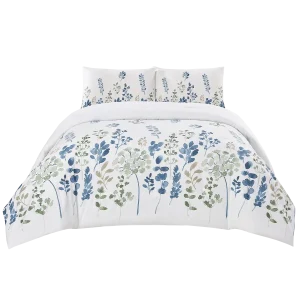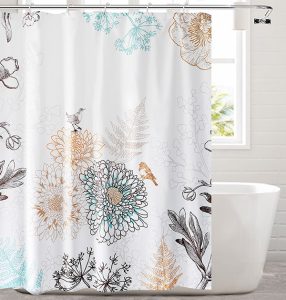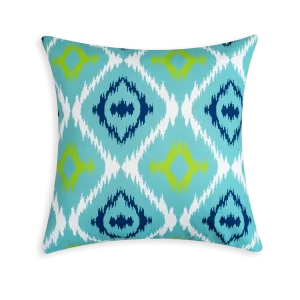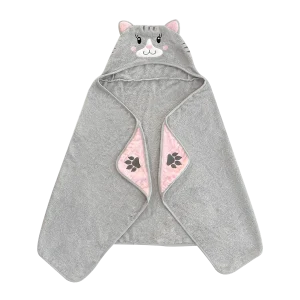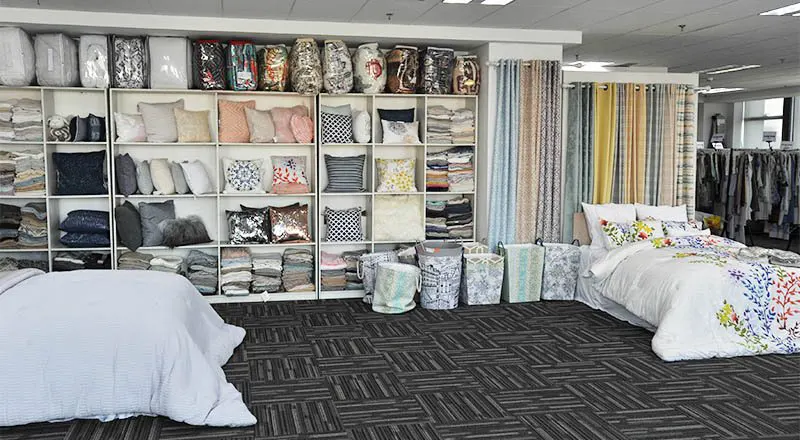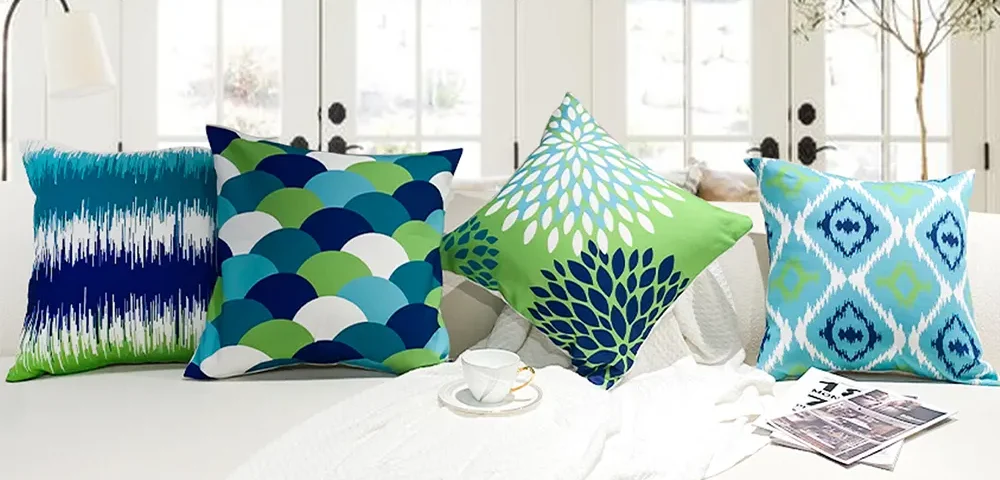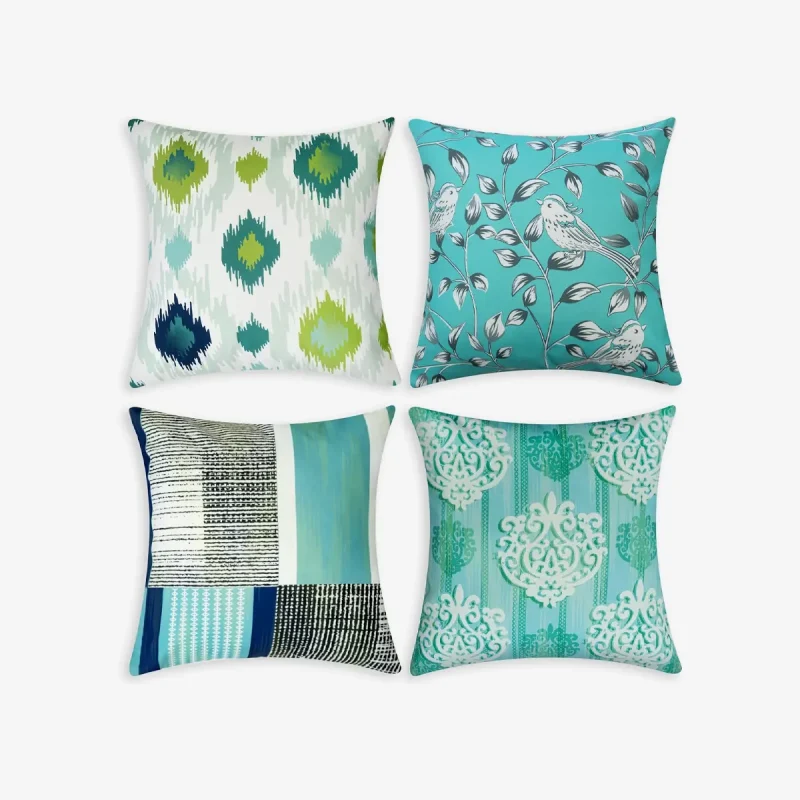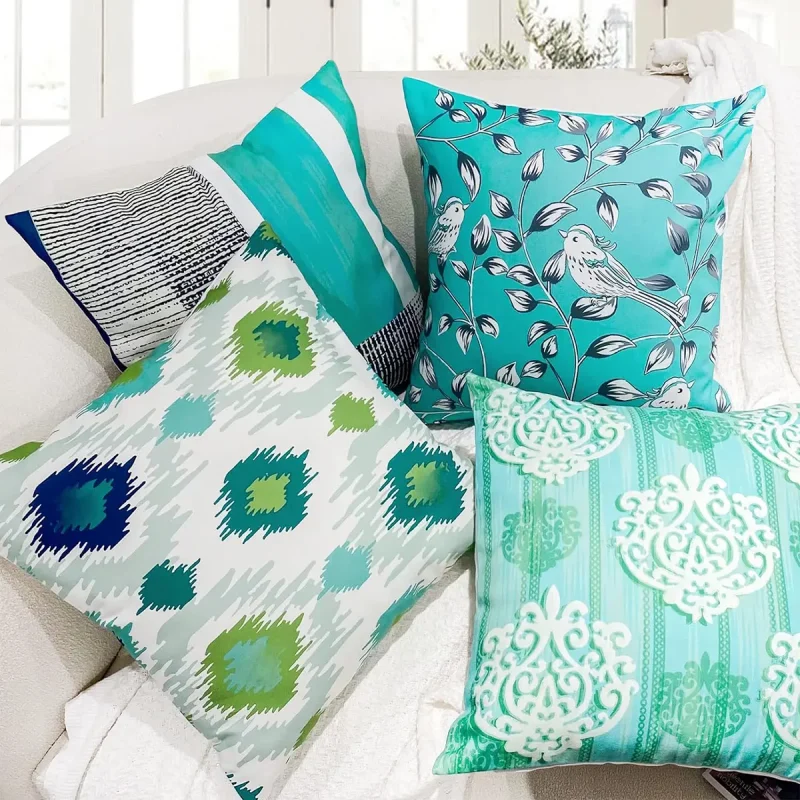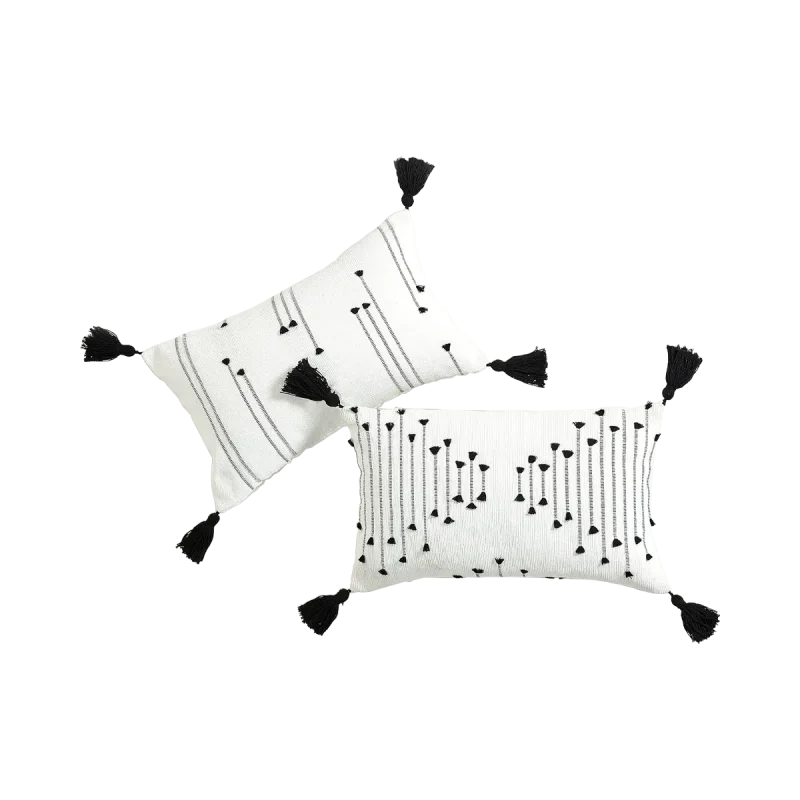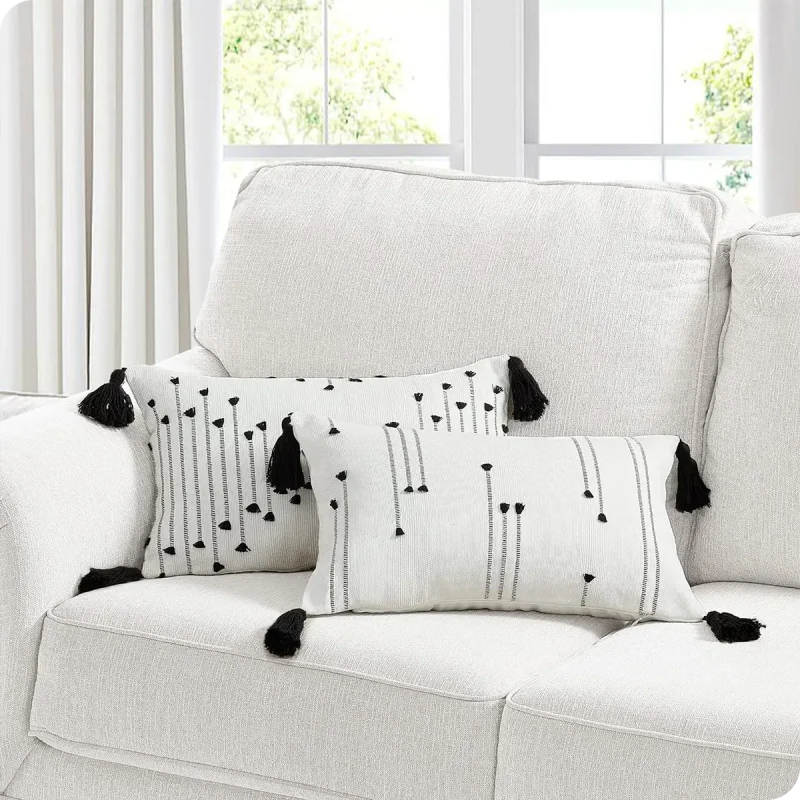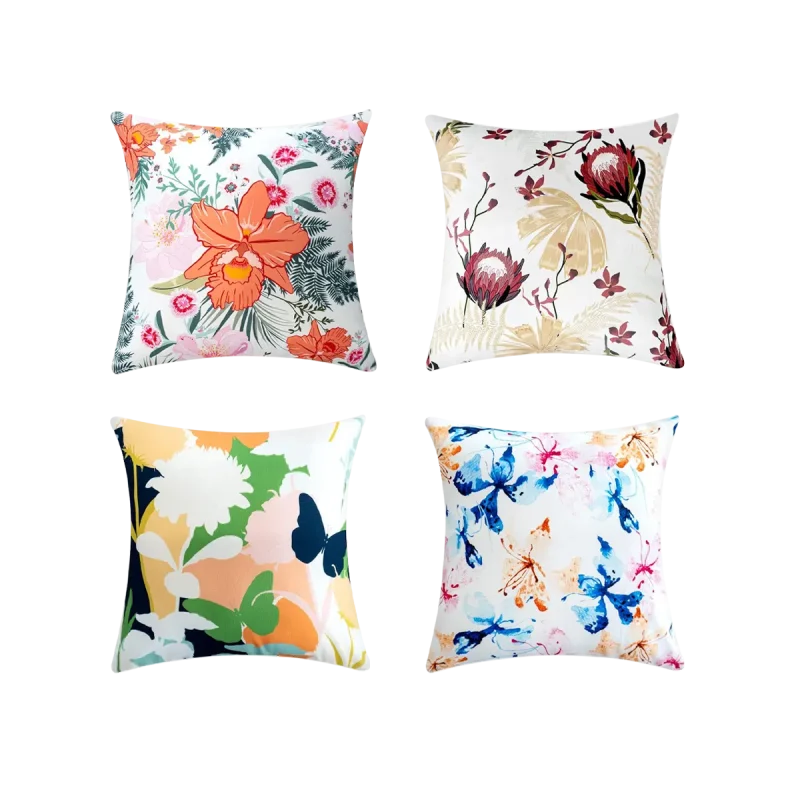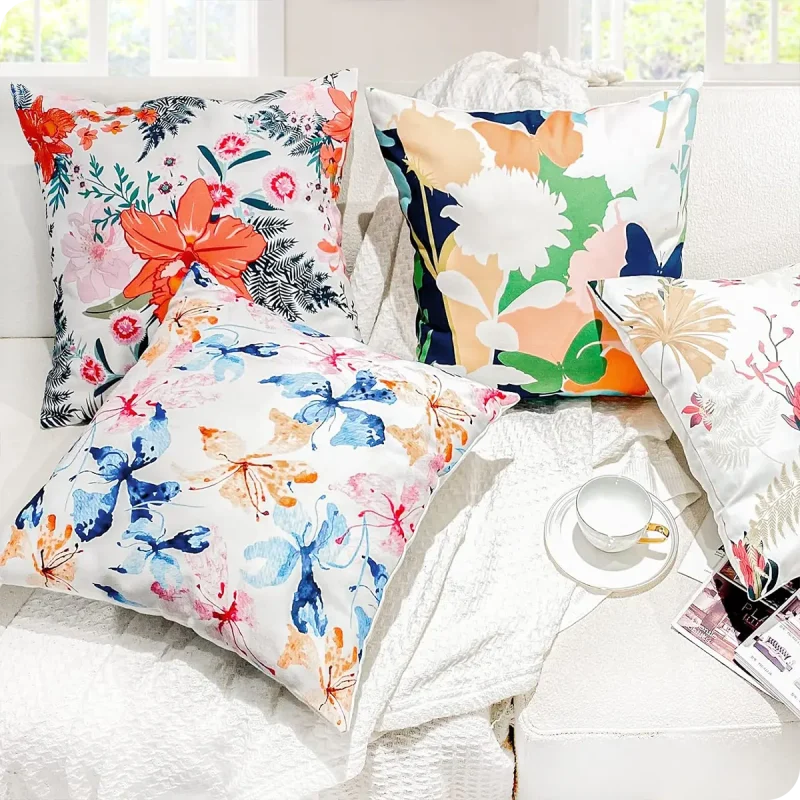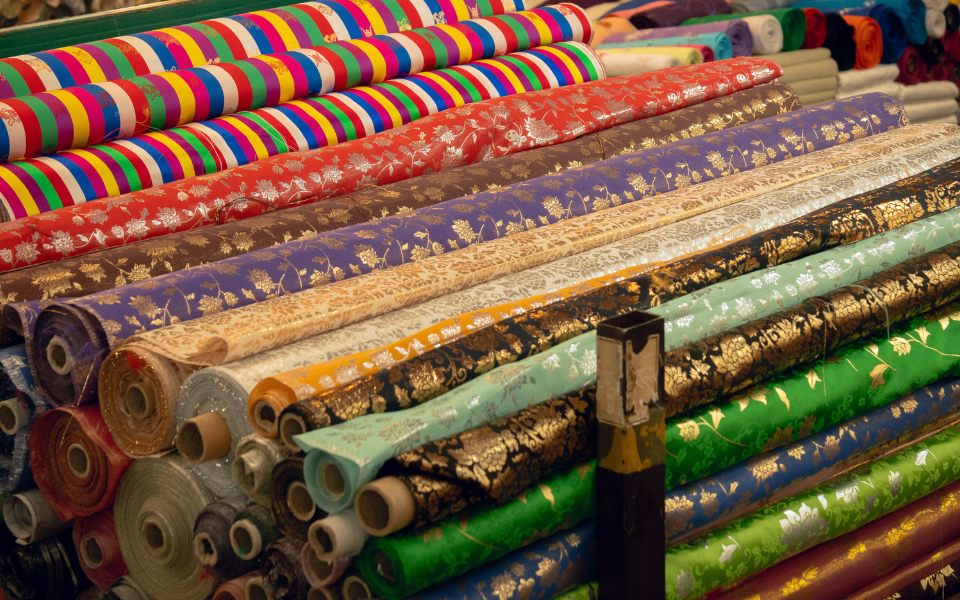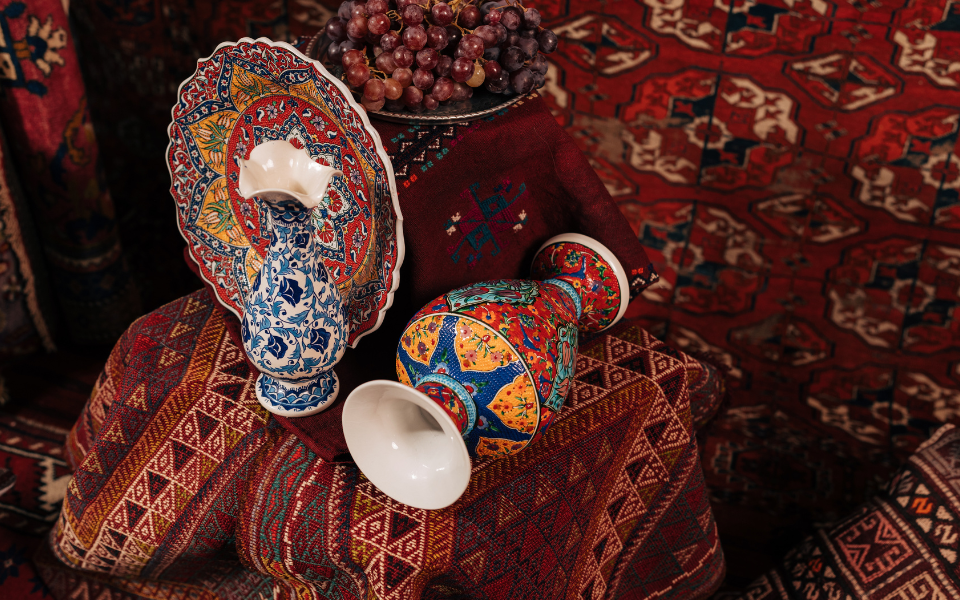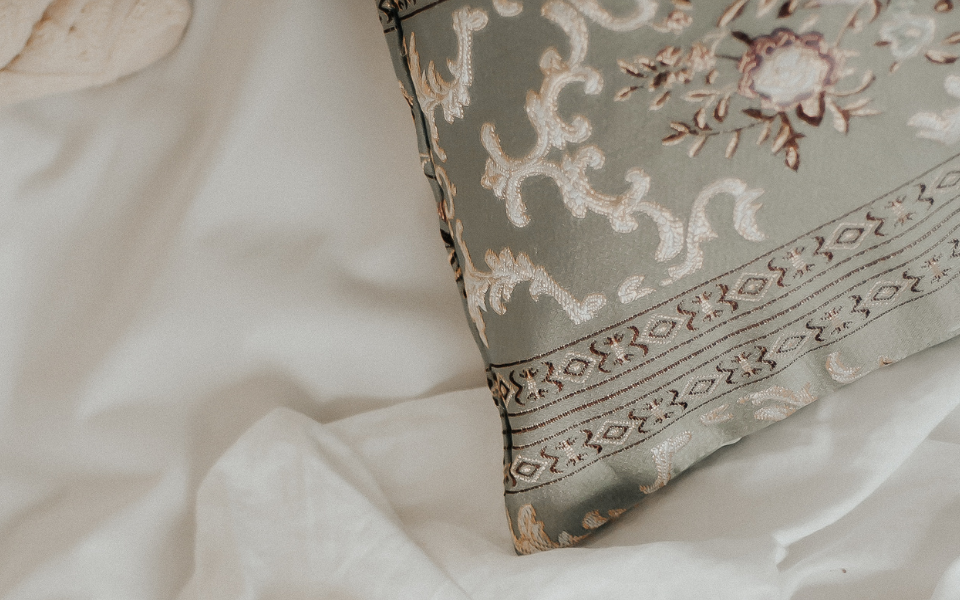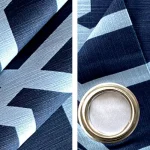
Best Curtain Encyclopedia: Explore Everything in 3 Aspects
October 25, 2023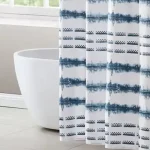
Finding the Best Shower Curtain for Your Bathroom
November 3, 2023What is a throw pillow?
Throw pillows, also known as decorative pillows or accent pillows, are small pillows that are typically placed on sofas, chairs, beds, or other furniture pieces as decorative elements. Unlike regular pillows, throw pillows are not used for sleeping or providing support; instead, they are primarily intended to enhance the aesthetic appeal of a room.
Throw pillows come in a variety of shapes, sizes, colors, and patterns, allowing homeowners to mix and match them to create a visually appealing and cohesive look in their living spaces. They are often used to add pops of color, texture, or pattern to a room, and can be easily swapped or replaced to update the decor or match different seasons or themes. Throw pillows are a popular and versatile home decor accessory.
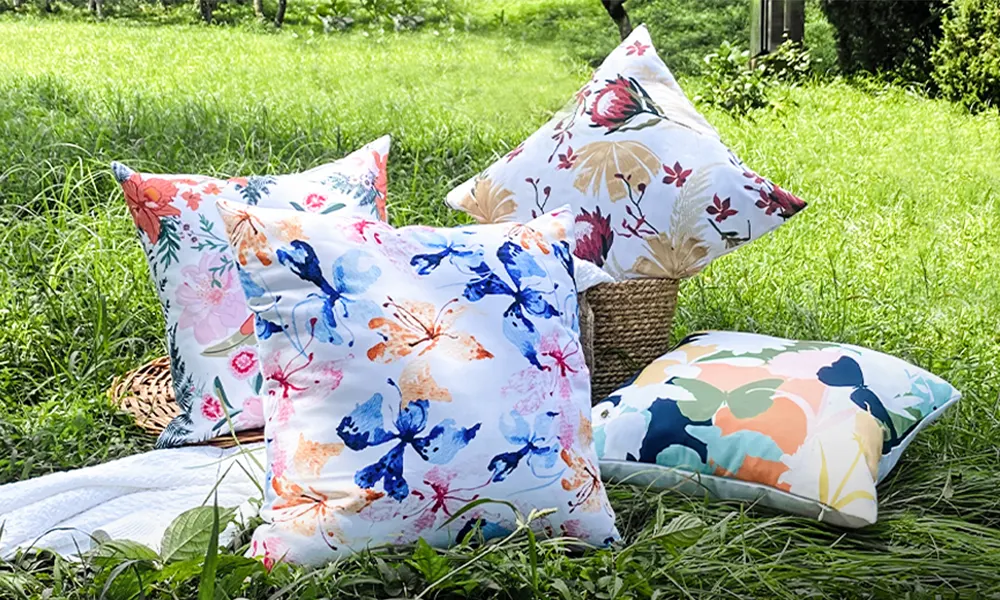
What is the difference between throw pillows and decorative pillows?
“Throw pillows” and “decorative pillows” are terms often used interchangeably, but there isn’t a strict delineation between the two. Both refer to pillows primarily used for decorative purposes rather than functional support. They are designed to enhance the aesthetic appeal of a room.
Some people might use the term “throw pillows” to refer to decorative pillows placed on sofas, chairs, beds, or other furniture pieces that can be “thrown” or tossed onto the furniture. On the other hand, “decorative pillows” is a more general term that encompasses any pillow used primarily for decoration. Both types of pillows come in various shapes, sizes, colors, and patterns, allowing homeowners to mix and match them to create a visually appealing and cohesive look in their living spaces.
How to Mix and Match Throw Pillows
Mixing and matching throw pillows is a great way to add depth, texture, and personality to your home decor. Here are some tips to help you create an aesthetically pleasing arrangement:
1.Consider Color Palette: Start by choosing a color scheme that complements your existing furniture and decor. You can opt for complementary colors, analogous colors, or a monochromatic scheme for a cohesive look.
2.Play with Patterns: Mix different patterns, but ensure they vary in scale. For example, pair a large floral pattern with a smaller geometric one. This contrast adds visual interest without overwhelming the space.
3.Texture Matters: Incorporate pillows with different textures like fur, velvet, or woven fabrics. Textured pillows can add depth to your arrangement and create a more inviting atmosphere.
4.Solid Colors as Anchors: Use solid-colored pillows as anchors to balance out the patterns. Neutral tones like beige, gray, or cream can serve as a backdrop for more vibrant or intricate patterns.
5.Odd Numbers: Odd numbers of pillows tend to look more balanced and visually appealing. Arrange your pillows in sets of three or five, mixing different sizes and shapes.
6.Experiment with Shapes: Combine square, rectangular, and round pillows for variety. Rectangular pillows are great for lumbar support, while round pillows can soften the overall look.
7.Consider the Sofa Size: Larger sofas can accommodate more and larger pillows, while smaller sofas might look better with fewer, smaller pillows to avoid overcrowding.
8.Seasonal Changes: Swap out pillows seasonally to give your space a fresh look. Lighter, breathable fabrics work well for spring and summer, while warmer, cozier textures are perfect for fall and winter.
9.Personalize with Accents: Add a personal touch with pillows featuring quotes, monograms, or unique artwork. These accent pillows can be conversation starters and add a touch of individuality to your decor.
Remember, there are no strict rules in mixing and matching throw pillows. Trust your instincts, have fun experimenting, and create a look that reflects your style and personality.
Pillow Care and Replacement Guidelines
Taking proper care of your pillows ensures longevity and hygiene. Here are some guidelines for pillow care and replacement:
1. Regular Fluffing: Fluff your pillows daily to maintain their shape and prevent them from becoming flat.
2. Pillow Protectors: Use pillow protectors to shield pillows from stains, dust mites, and allergens. These protectors are washable, extending the life of your pillows.
3. Washing Instructions: Check the care label for washing instructions. Most pillows can be machine-washed and dried. Use a mild detergent and follow the manufacturer’s guidelines.
4. Pillow Rotation: Rotate and flip your pillows regularly to distribute wear evenly. This is especially important for maintaining the shape of down and feather pillows.
5. Sunlight Exposure: Avoid prolonged exposure to direct sunlight, as it can fade and damage pillow materials.
6. Pillow Replacement: Replace pillows every 1-2 years, or sooner if they lose their shape or become lumpy. Pillows absorb body oils, dust mites, and allergens over time, affecting their quality.
7. Allergen-Free Options: If you have allergies, consider hypoallergenic pillows made from materials like memory foam or synthetic fibers to minimize allergic reactions.
8. Proper Storage: When not in use, store pillows in a cool, dry place to prevent mold and mildew growth.
By following these guidelines, you can ensure your pillows remain comfortable, clean, and supportive for a good night’s sleep.

